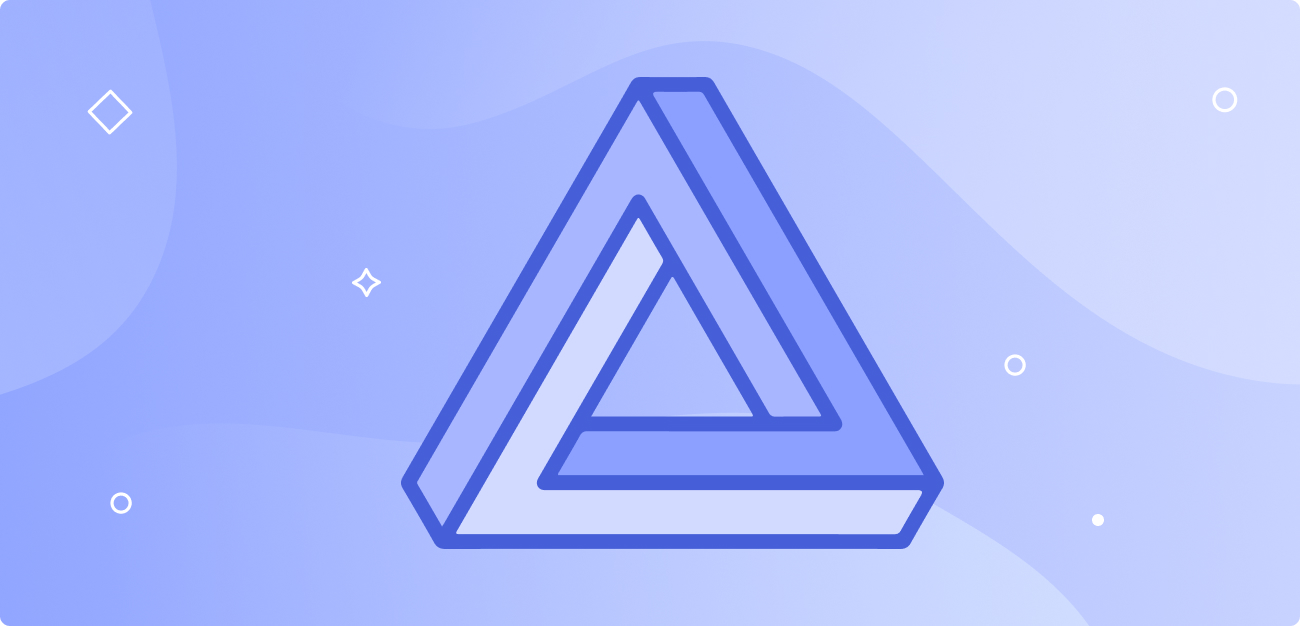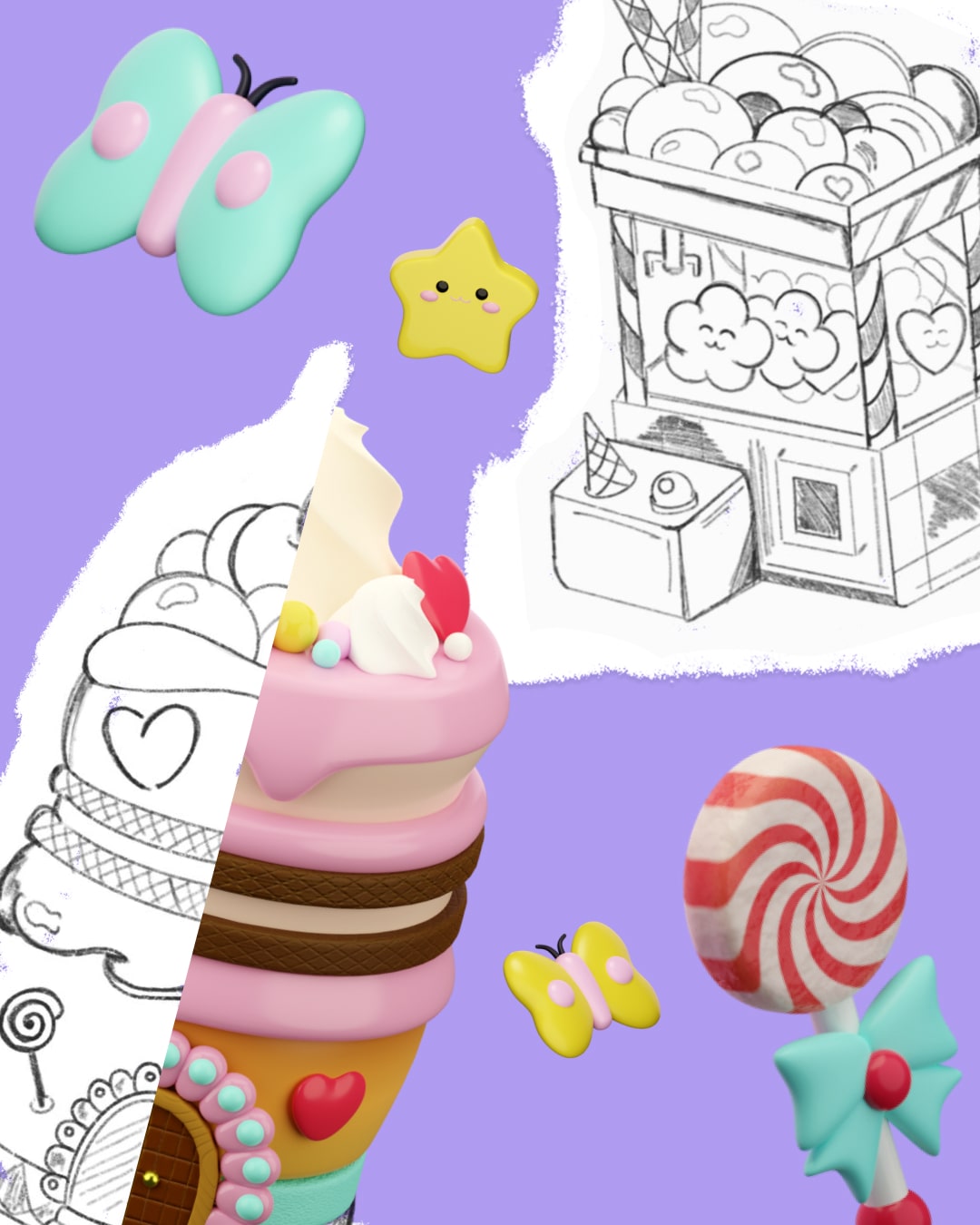It’s no secret that for a while now people have thought of Bueno as a tool for Generative NFT collections (otherwise known as PFP collections).
Understanding the Needs and Expectations of NFT Artists: Insights from a Research Study

While we still love PFP collections and the artists who make them, we also wanted to understand what 1/1 artists think of the NFT space. That’s why with our research study we aimed to learn more about their needs, knowledge, ambitions, expectations, and resources when creating a collection.
What we uncovered may not apply to every artist since the methods used were of qualitative nature, but the conclusions and insights we uncovered we’re enlightening to say the least.
To get the information we needed, we interviewed a variety of NFT creators: visual artists, 3D artists, graphic designers, and illustrators. The focus was primarily directed towards their story, perception, and experience in the Web3 space. We also used desk research for a comparative analysis of the existing marketplaces and tools that help artists create and launch NFTs.
With these methods and the help of our interviewees, we were able to gather six insights that helped us arrive to our ultimate conclusion.

1. Lack of knowledge.
Many of the creators mentioned that It’s hard for new artists to intuitively know how things function in Web3. Knowledge regarding the space seems crucial for success, but finding the right sources and insights is challenging.
Artists have “descriptive” and “cultural” knowledge rather than “technical” understanding. In other words, they can explain what things are and what they mean, but sometimes the “why” and the “how” remain unclear. Knowledge seems to be limited, not only when onboarding but also after the artist has spent time in the space.

One possible reason for this is that the world of Web3 changes fast, and staying updated requires constant focus. Also, information is decentralized, and one of the consequences is that creators feel frustrated because they lack important knowledge.
I feel like I know less each day.
Because of this lack of crucial knowledge, creators enter a vicious loop in which learning new things is difficult due to feeling overwhelmed, which results in the artist making mistakes or poorly-informed decisions. Creating long-term plans also becomes extremely difficult due to a feeling of uncertainty, which, in turn, leads the artist to short-term decisions.
2. The importance of marketplaces
Creators choose to start creating NFTs based on marketplaces . While this method might have certain downsides, it can be the easiest way start for many onboarding artists.
Each marketplace has it’s own differentiator: Foundation had nice aesthetics, OpenSea is often considered the industry standard, SuperRare is curated, and the list goes on. According to the artist interviews, the big downside of minting on marketplaces is that they own the contract, and although some actually choose not to take contract ownership, these marketplaces often aren’t the artist’s first choice due to a lack of awareness and popularity.
Several of the interviewed artists made it clear that, in the end of the day, they want to sell their work, ,and some tools that provide full ownership don’t ensure sales. Because of this, artists also mentioned changing marketplaces based on the sales:
I couldn’t sell on foundation, so I focused on OpenSea.
I have one collection organized on different platforms.
What’s often the case is that creators usually read blogs or watch tutorials to learn how to mint their first NFTs and these recommend the method of using marketplaces as a starting point. Although experienced artists don’t always use marketplaces to mint their NFTs and choose smart contract tools such as Manifold, they do often recommend building and minting the first NFTs based on marketplaces. Most of these artists are fully aware of the downsides of doing so but say the complexity of smart contracts can be a huge barrier when starting.

3. The complexity of onboarding in Web3
The Web3 industry is complex and requires an onboarding process. This is the stage where most artists begin to make mistakes.
One of the crucial aspects of onboarding is not only understanding how an NFT works, but also grasping the full concept of the Web3 ecosystem. Users need to create a wallet, learn how to get ETH, have general knowledge of how the space functions, amongst other processes that can be very confusing.
It was really complex when I started. Behind every process there are things that you don’t know.
Some artists fail to onboard because of the complexity of the space and mention that there’s a lack of educational resources and “hand-holding” done by businesses. Most of the problems and mistakes that artists made when onboarding could have been avoided if there was more quality information and better assistance.

4. The value of smart contracts
Deploying a smart contract puts the power in the hands of creators; it enables them to own their art and to fully customize it independently from the marketplace. However, research shows that it’s usually only experienced artists who seem to truly value smart contracts.
Inexperienced artists, although they can be aware of the benefits, tend to value the simplicity of marketplaces when creating their first NFTs.
Manifold is good, but at the beginning, I would recommend OpenSea. It would be easier to get someone new. Then along the way, I’d introduce Manifold.
Again, despite knowing the benefits, some experienced artists wouldn’t recommend creating a smart contract for somebody who is onboarding, as it can be frustrating and challenging to understand. Unfortunately, this is one of the quickest way for an artist to give up power over their projects.

5. The Web3 paradox
While there is a lot of talk of community and a new level of acceptable in tghe space, the Web3 space may not be as inclusive as it claims to be.
While Web3 is known for breaking down barriers, the process of onboarding can be a barrier in itself. This can make it difficult for new artists to take advantage of the opportunities available. Artists who are already experienced in the Web3 space are more likely to be aware of these opportunities and be able to navigate the space successfully. To succeed in the Web3 space, artists need to be persistent and know where to look for opportunities.

6. Creating art is just one part of a project.
Creating art is important, but the display, the story and the process are equally important for adding value to the artist’s work.
Again, it’s important to point out that rules inside the Web3 space work differently. In particular, artists understand the need to create added value to their projects by providing in-depth information to their work, communicating with their collectors constantly, sharing their process, and finding their own way of differentiating themselves.
As an artist you can create beautiful artwork, but displays also matter. It’s not only about the artwork.
This is a constant and difficult part of creating in this space, and can be overwhelming for some who are simply trying to onboard and sell their art. Because of the daunting amount of work, some artists choose not to participate at all.
Conclusion
The Web3 space comes with a lot of complexities, new terms, new rules, and of course new creators that want to take part in it. Artists can feel insecure, and unsafe, but a lot of new opportunities arise for them. It's our challenge, as designers, to keep investigating artist's needs to understand this new mindset and create great tools to help them succeed.






